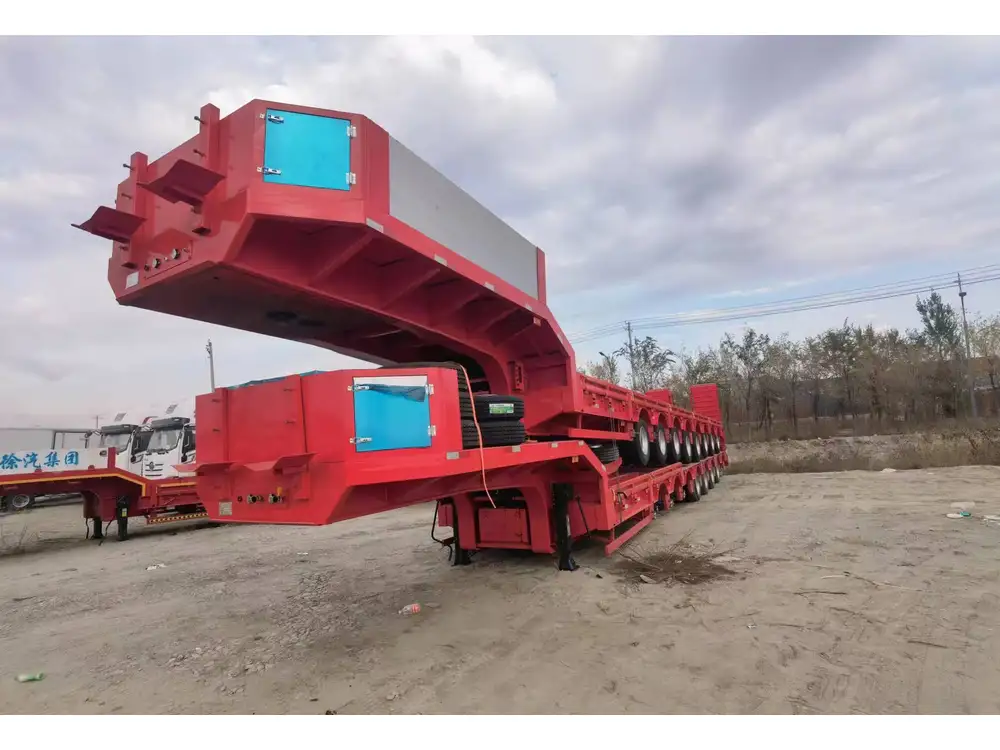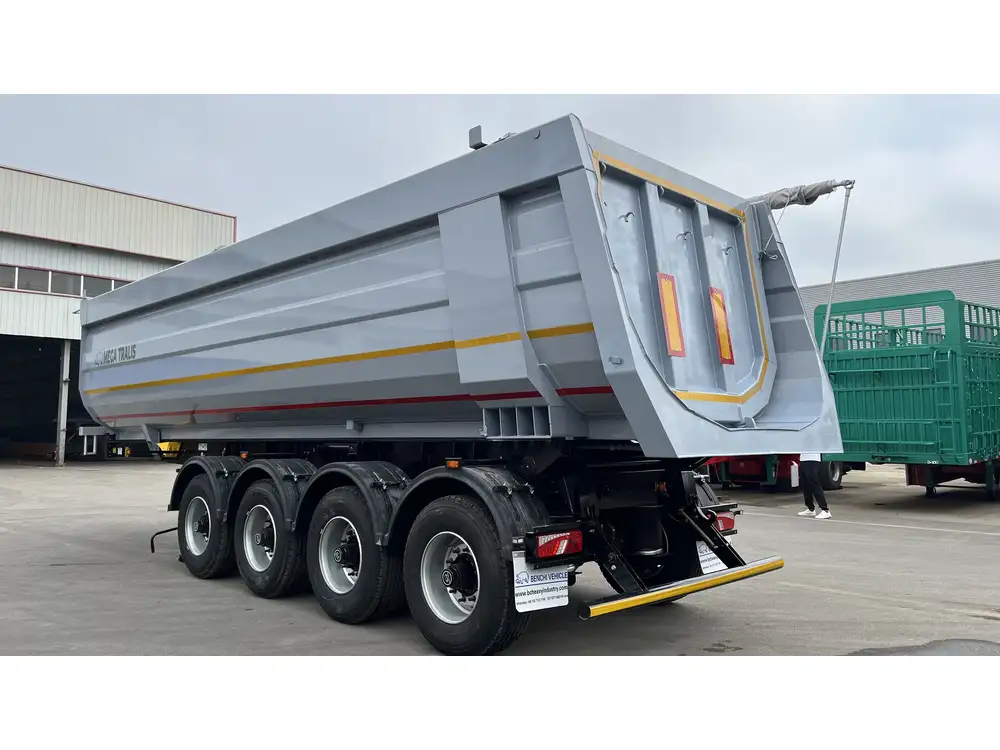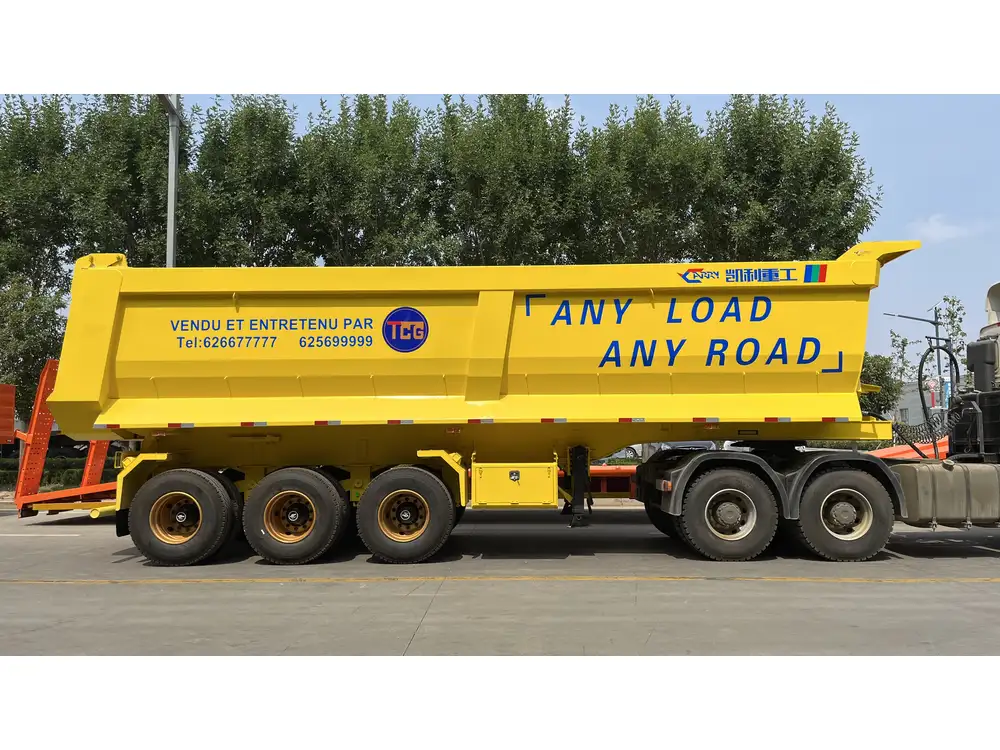Introduction
In the vast world of heavy-duty transport logistics, the semi-trailer stands as a pillar, supporting the movement of goods across extensive distances. One of the fundamental questions that arise concerning semi-trailers is: how many tires on a semi-trailer? This article delves into the various aspects of semi-trailer tires, dissecting different configurations, their implications for performance and safety, and answering some frequently asked questions.
Overview of Semi-Trailers
Semi-trailers are unique in design, characterized by their attachment to a tractor through a fifth wheel coupling. This architectural feature allows for exceptional maneuverability, especially when hauling bulky loads over long distances. Understanding the tire configurations is critical, as they significantly impact load-bearing capacity, stability, and overall safety.

Common Tire Configurations
The tire configuration on a semi-trailer can vary widely depending on the design, purpose, and legal requirements of the vehicle. Below are the most common configurations you’ll encounter:
| Type of Trailer | Typical Tire Count | Common Uses |
|---|---|---|
| Standard Van Trailer | 6 (3 axles) | General freight, dry goods |
| Flatbed Trailer | 8 (4 axles) | Construction materials, heavy items |
| Reefer Trailer | 6 (3 axles) | Temperature-sensitive goods, food |
| Tanker Trailer | 8 to 12 (4-6 axles) | Liquid transport, chemicals |
| Lowboy Trailer | 8 (4 axles) | Construction equipment, oversized loads |
Analyzing the Common Tire Counts
Standard Van Trailers: Typically equipped with three axles, standard van trailers have six tires. This configuration is optimal for transporting general cargo and allows for efficient weight distribution.
Flatbed Trailers: Generally, flatbed trailers come with four axles, totaling eight tires. This design is robust enough to handle heavy and assorted cargo types, making them a favorite in the construction industry.
Reefer Trailers: Reefer trailers, essential for transporting goods that require temperature control, also typically feature three axles and six tires. The watchful design ensures stability while preserving the integrity of sensitive cargo.
Tanker Trailers: These trailers can vary significantly in tire count depending on their design. Standard configurations often feature four to six axles and can have between eight to twelve tires. Higher numbers of tires provide better distribution of weight, which is crucial given the liquid’s shifting center of gravity.
Lowboy Trailers: Designed for carrying heavy equipment, lowboy trailers commonly include four axles and eight tires. This design helps in maintaining lower heights, suitable for transporting oversized machinery.
The Importance of Tire Count

Load-Bearing Capacity
A primary function of tires on semi-trailers is to sustain weight. Understanding how many tires a semi-trailer has can lead to insight into how much load it can safely carry. Generally, more tires mean greater load distribution. For example:
- A six-tire configuration (3 axles) can support approximately 34,000 pounds.
- An eight-tire configuration (4 axles) can support around 48,000 pounds.
Stability and Maneuverability
Beyond load capacity, the number of tires affects overall stability. A well-distributed weight across many tires minimizes the risk of tire blowouts and enhances grip on various road conditions.
Frequently Asked Questions

How to Determine the Tire Count for a Specific Semi-Trailer?
The tire count of a semi-trailer can often be found in the owner’s manual or the manufacturer’s specifications. Additionally, observing the axle setup can also provide insights—each axle typically supports two tires.
Are There Legal Restrictions on the Number of Tires?
Yes, legal regulations pertaining to axle configurations and weight limits can affect the number of tires permissible on a semi-trailer. It varies by state and country, so it is crucial to consult local regulations before selecting a trailer.
What Are the Risks of Having Too Few Tires?
Using a semi-trailer with inadequate tires can lead to several significant risks:
- Reduced Stability: Fewer tires can lead to an unbalanced weight distribution, increasing the risk of tipping and accidents.
- Increased Wear: Limited tires can wear more quickly due to heavier loads being centered on fewer contact points.

Seasonal Considerations
Understanding the semi-trailer tire count also allows for better preparation for seasonal changes. Consider the following:
| Season | Considerations |
|---|---|
| Winter | More tires can provide better grip on icy roads. Precise maintenance is crucial. |
| Spring | Tire inspections post-winter to check for wear and damage. |
| Summer | Ensure tires are cooled adequately, as high temperatures can lead to blowouts. |
| Fall | Check tread depth for safe traction as rains increase. |
Tire Maintenance and Safety
Proper tire maintenance is critical for semi-trailer performance. Here are essential maintenance practices:
Regular Inspections: Conduct daily tire checks for air pressure, tread wear, and visible damages.
Tread Depth Monitoring: The legal minimum tread depth is usually 4/32 of an inch, but deeper tread is recommended for better grip.
Rotation and Alignment: Regularly rotate tires to promote even wear and ensure proper wheel alignment to prevent premature deterioration.
Conclusion: The Foundation of Safety and Performance
In the intricate landscape of trailer logistics, the configuration of tires on a semi-trailer is not just a number; it’s a critical factor that influences the safety, efficiency, and operational capability of the vehicle. Understanding how many tires on a semi trailer is essential for optimizing load management, ensuring compliance with regulations, and enhancing overall safety during transport.
By being cognizant of the various configurations, their advantages, and maintenance tips, manufacturers, drivers, and fleet managers can significantly enhance their operational effectiveness. This knowledge forms a cornerstone for sustainable and safe logistics in the ever-evolving freight industry. Decisions made today regarding semi-trailer tire configurations will echo through safety, cost savings, and operational efficiency in the years to come.



